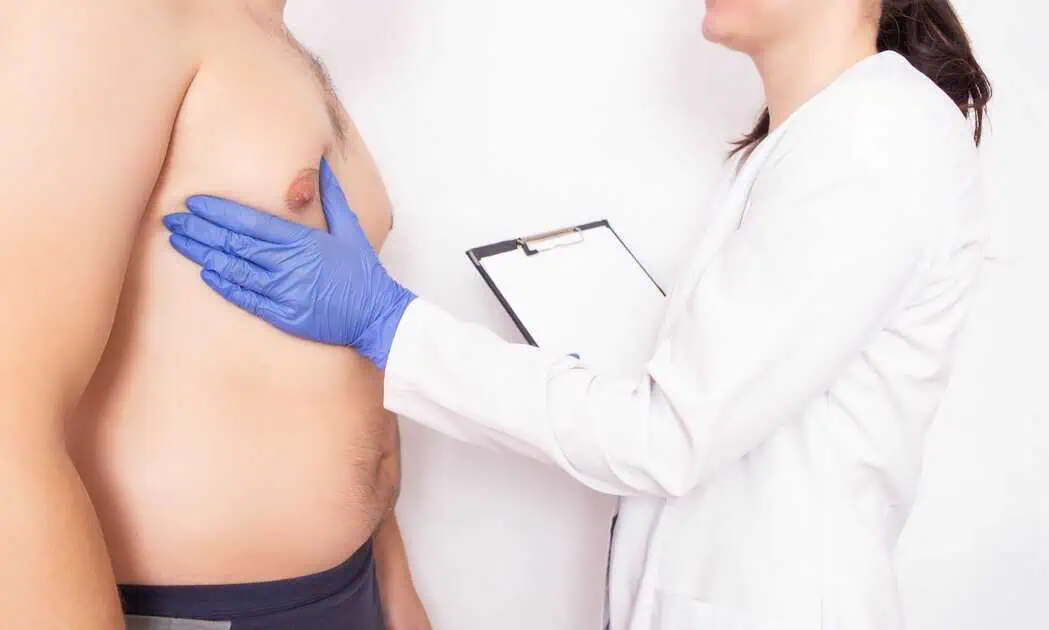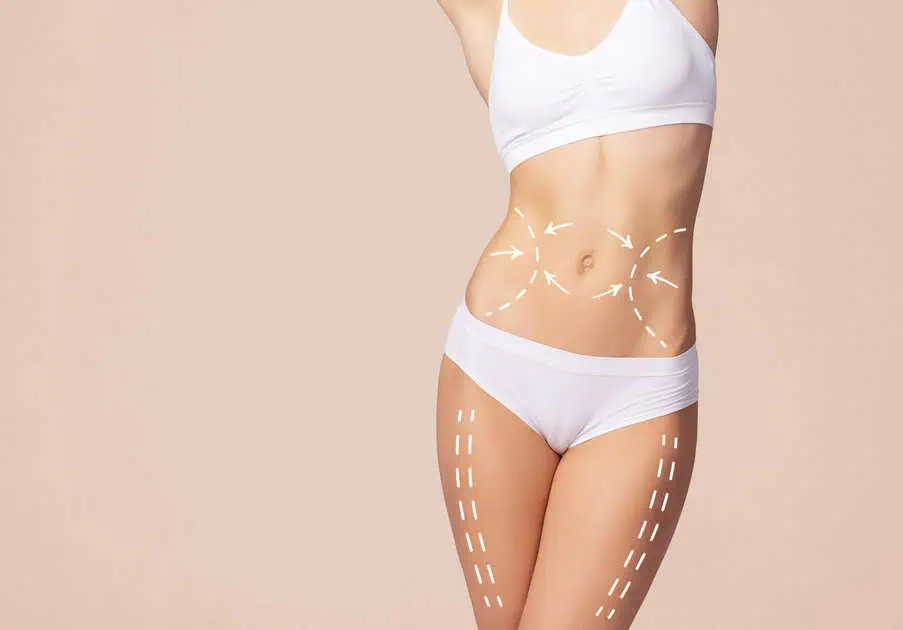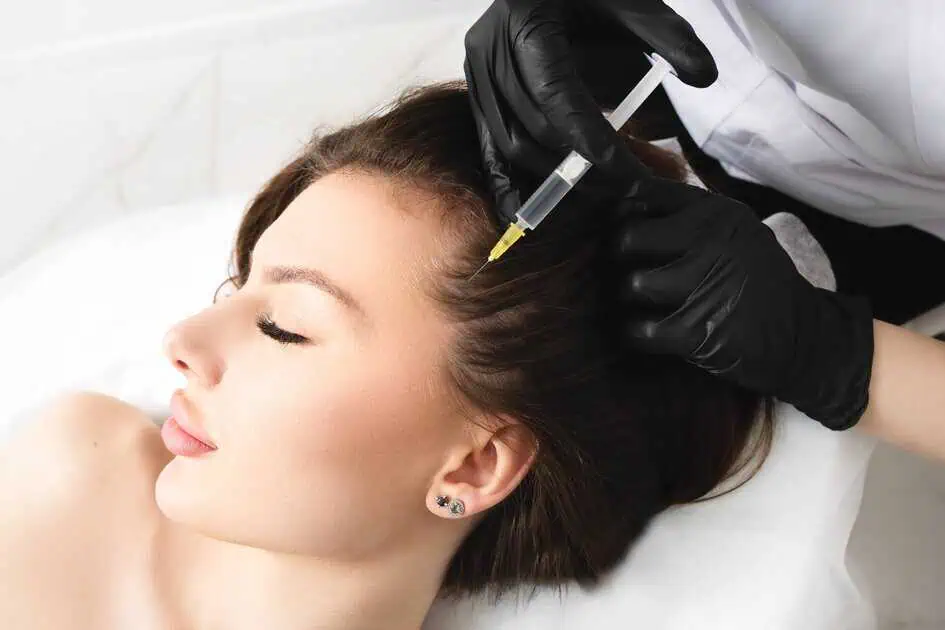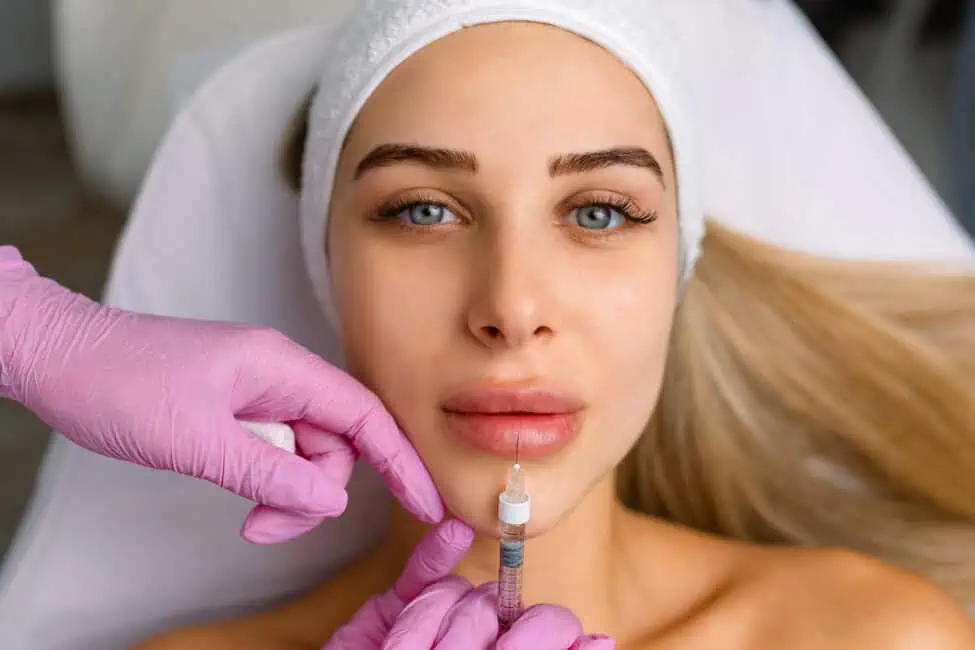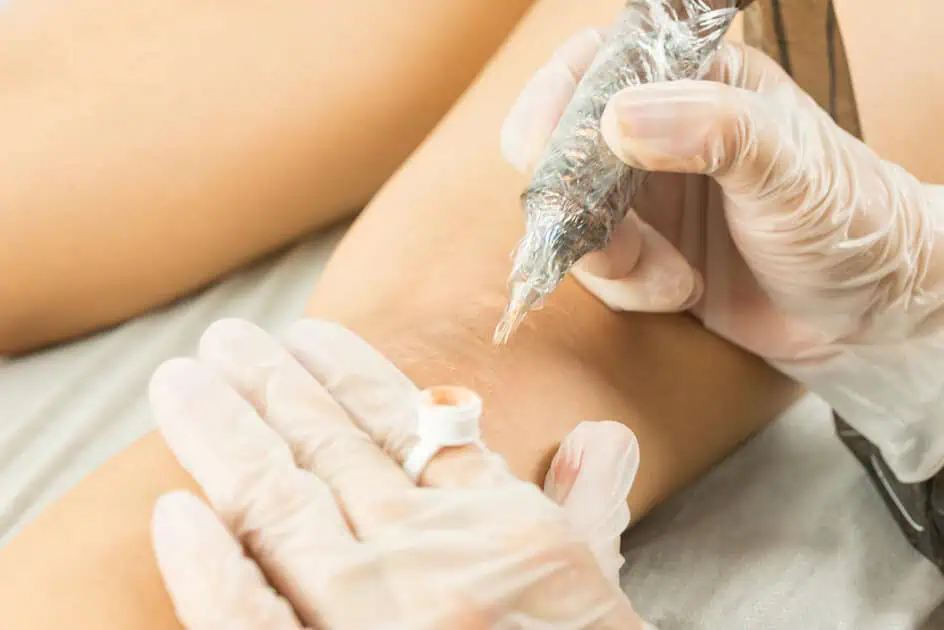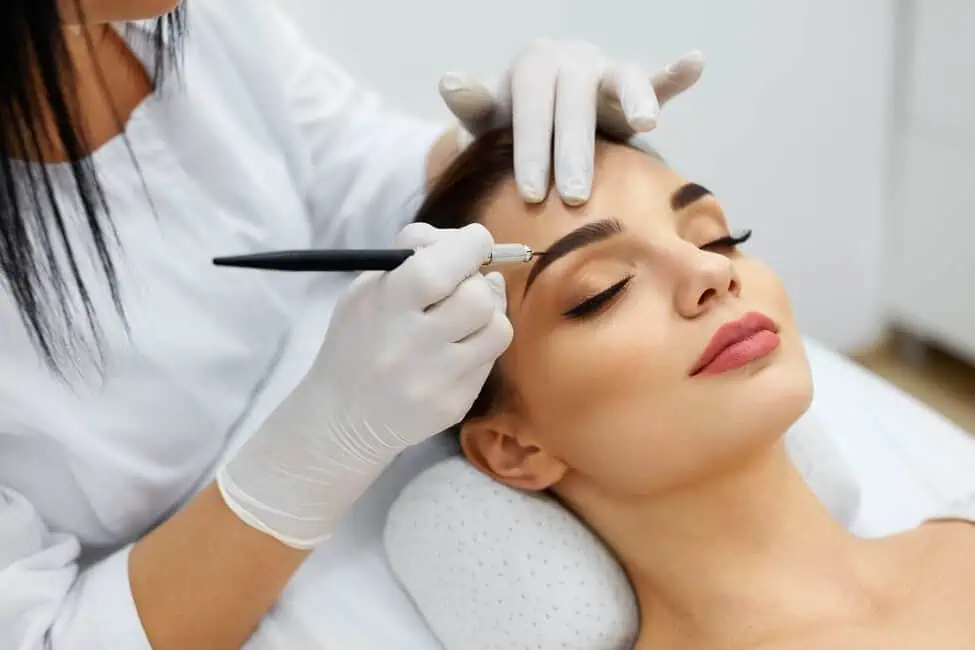Table of Contents
In the realm of medical aesthetics and vascular health, advancements in treatments for varicose and spider veins have revolutionized the way individuals manage these common conditions. Among the various options available, sclerotherapy is a versatile and effective solution. This blog explores the capabilities of sclerotherapy in treating both varicose and spider veins, providing insights into its benefits, procedure details, and expected outcomes.
Understanding Varicose Veins and Spider Veins
Before delving into treatment options, it’s crucial to differentiate between varicose and spider veins:
Varicose Veins:
Larger, twisted veins that usually appear on the legs and feet are called varicose veins. They frequently arise from weak vein valves, which allow blood to pool and cause veins to enlarge.
Spider Veins:
Spider veins are smaller, web-like clusters of veins that appear closer to the skin’s surface. They are often red, blue, or purple and can resemble spider webs or tree branches.
Both conditions can be unsightly and, in some cases, cause discomfort or pain. While they are not always serious medical issues, many individuals seek treatment for cosmetic reasons or to alleviate symptoms such as itching or throbbing sensations.
The Evolution of Sclerotherapy: A Modern Approach to Vein Treatment
Sclerotherapy has emerged as a leading treatment option for varicose and spider veins due to its effectiveness and minimally invasive nature. Initially developed in the 1930s, sclerotherapy has undergone significant advancements in technique and technology, making it a preferred choice among patients and healthcare providers alike.
How Sclerotherapy Works
Throughout the process, a solution is injected straight into the afflicted veins. This solution irritates the blood vessel’s lining, enlarging and adhering to one another. The vein eventually disappears as scar tissue. Blood flow is instinctively diverted to veins that are in better health, enhancing circulation throughout the treated area.
Targeting Varicose Veins with Sclerotherapy
Traditionally associated with spider veins, sclerotherapy has also proven effective in treating particular varicose veins. While more prominent varicose veins may require alternative treatments such as endovenous laser treatment (EVLT) or surgical procedures, smaller varicose veins can often be treated successfully with sclerotherapy.
Benefits of Sclerotherapy for Varicose and Spider Veins
Non-Surgical and Minimally Invasive
One of the primary advantages of sclerotherapy is its non-surgical nature. The procedure is performed in a doctor’s office without anesthesia, hospitalization, or a lengthy recovery period. Most clients can go back to normal activities immediately after treatment.
High Success Rate
Sclerotherapy boasts a high success rate, particularly for spider veins. Many clients experience a significant improvement in the appearance of treated veins, with results noticeable within weeks to months after the procedure.
Improved Confidence and Quality of Life
Beyond its physical benefits, sclerotherapy can profoundly impact an individual’s self-esteem and quality of life. By reducing the visibility of varicose and spider veins, patients often report feeling more confident and comfortable in their skin.
The Sclerotherapy Procedure: What to Expect
Initial Consultation
The process starts with a consultation with a licensed medical professional specializing in vein care. At this visit, the doctor will examine the veins, discuss the treatment plan, and walk you through the sclerotherapy process.
Treatment Session
On the day of the procedure, the patient will be positioned comfortably, usually lying down. The skin over the targeted veins is cleansed, and a fine needle is used to inject the sclerosing solution into each affected vein. Patients may feel uncomfortable or slightly burned during the injections, although this discomfort is mild and only lasts a short while.
Post-Treatment Care
Patients are advised to wear compression stockings to help the healing process and stimulate optimal blood flow after the treatment. They are also customarily advised to walk and moderate exercise to improve circulation.
Managing Expectations: Results and Follow-Up
Although sclerotherapy can provide remarkable outcomes, it’s essential to set realistic expectations for the course of treatment and its results. For more prominent or more numerous veins, some patients may need more than one session to achieve the desired outcomes. During follow-up visits, the doctor can evaluate the patient’s development and decide whether more treatments are required.
Is Sclerotherapy Right for You?
Candidate Considerations
Sclerotherapy applicants should be in good general health and have reasonable expectations for the treatment’s results. Pregnant women or those with certain medical conditions may need to postpone treatment or explore alternative options.
Consultation with a Specialist
See a certified vein specialist to determine if sclerotherapy is appropriate for your particular varicose or spider veins. During this appointment, the doctor will perform a comprehensive examination, review your medical history, and create a customized treatment plan.
Exploring Alternative Treatments: When Sclerotherapy Isn’t Enough
While sclerotherapy is highly effective for many patients, certain circumstances may necessitate alternative treatments. For more prominent varicose veins or veins located deeper within the legs, treatments such as EVLT or ambulatory phlebectomy may be recommended. These procedures offer targeted solutions to address more complex vascular issues and achieve optimal results.
Advancing Your Journey: What’s Next?
Choosing a Qualified Provider
Selecting a qualified provider is paramount when considering sclerotherapy or any vein treatment. Look for board-certified vascular specialists or dermatologists with extensive experience in vein care. They should offer comprehensive consultations, discuss treatment options, and ensure your safety and comfort throughout the process.
Understanding Costs and Insurance Coverage
Sclerotherapy costs can vary based on factors such as the number of sessions required and the size of the treated area. Many insurance plans cover sclerotherapy for medical necessity, such as symptomatic varicose veins. However, cosmetic treatments for spider veins may not be covered. Inquiring about costs and insurance coverage during your initial consultation is essential.
The Future of Vein Care: Innovations and Beyond
As medical technology continues to evolve, so too will treatments for varicose and spider veins. Emerging techniques such as foam sclerotherapy and ultrasound-guided procedures offer enhanced precision and efficacy, improving patient outcomes and satisfaction.
Takeaway
Sclerotherapy offers a reliable solution whether you have varicose veins that impact your daily activities or spider veins that affect your confidence. With its proven effectiveness, minimal downtime, and transformative results, sclerotherapy empowers individuals to embrace healthier, more beautiful legs without invasive surgery. Take the first step towards smoother, more attractive legs with sclerotherapy at Pen Plastic Surgery. Our compassionate team is here to guide you through every stage of your transformation, from initial consultation to post-treatment care.
Contact us today to schedule your consultation and discover how sclerotherapy can rejuvenate your legs and boost your confidence. Say goodbye to visible veins and hello to a new, more confident you with Pen Plastic Surgery in Salisbury, MD!

